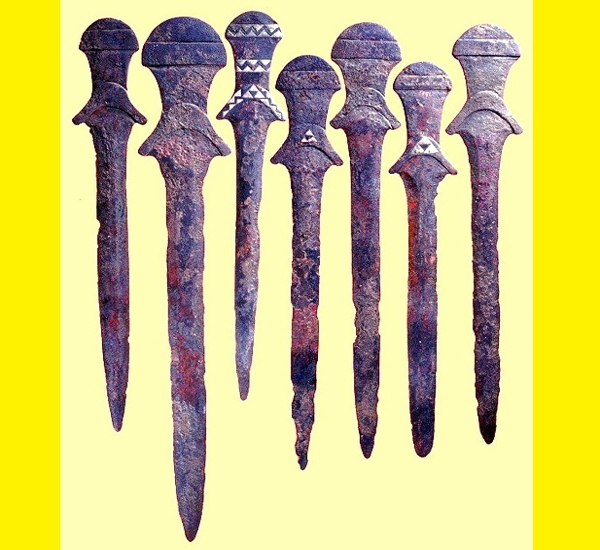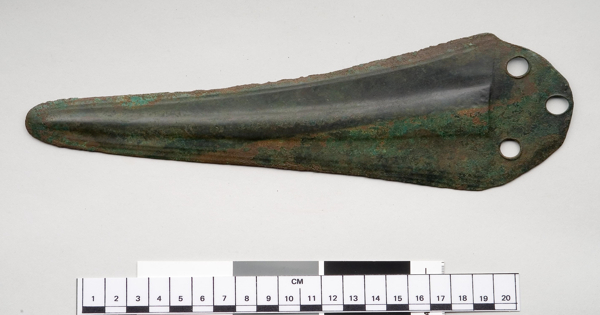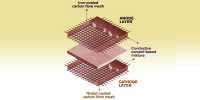Arsenical bronze is a bronze alloy in which arsenic is added to copper instead of or in addition to tin or other component metals. The employment of arsenic with copper, either as a secondary constituent or in conjunction with another component such as tin, leads in a stronger end product and improved casting
Because copper ore is frequently naturally contaminated with arsenic, the term “arsenical bronze” is normally applied exclusively to alloys having an arsenic level greater than 1% by weight, in order to separate it from possible accidental arsenic additions.
Advantages of arsenical bronze
While arsenic was most likely originally blended with copper as a result of the ores already contained it, its use most likely persisted for a variety of First, it serves as a deoxidizer, interacting with oxygen in the heated metal to generate arsenous oxides which evaporate from the liquid metal. When a large amount of oxygen is dissolved in liquid copper, the copper oxide breaks out at grain boundaries, considerably reducing the ductility of the final product. However, because of the solubility of hydrogen in the molten metal and subsequent loss as a bubble, its use can increase the danger of porosity castings.
Second, the alloy is more work-hardening than pure copper, therefore it performs better when used for cutting or chopping. Work-hardening capability increases with increasing arsenic content, and the bronze can be work-hardened throughout a wide temperature range without concern of embrittlement. Its increased characteristics over pure copper can be demonstrated with as little as 0.5 to 2 wt% As, resulting in a 10-to-30% increase in hardness and tensile strength.
Third, in the right proportions, it can add a silvery gloss to the finished product. Arsenical bronze daggers from the Caucasus and other artifacts from various locales have an arsenic-rich surface layer that may have been intentionally manufactured by ancient craftsmen, and Mexican bells were made of copper with enough arsenic to color them silver.

Health effects of arsenical bronze use
Arsenic has a vaporization point of 615 °C, therefore arsenical oxide will be lost from the melt before or during casting, and fumes from mining and ore processing fires have long been recognized to harm the nervous system, eyes, lungs, and skin.
Chronic arsenic exposure causes peripheral neuropathy, which can cause limb and foot weakness. This is thought to be the origin of the narrative of lame smiths in numerous cultures and mythology, including the Greek deity
A well-preserved corpse of a man who lived approximately 3,200 BC and was discovered in the tztal Alps, known as tzi, had high amounts of copper particles and arsenic in his hair. This, together with Tzi’s copper axe blade, which is 99.7 percent pure copper, has prompted scientists to speculate that he was involved in copper mining.
Modern uses of arsenical bronze
In the present era, arsenical bronze has found minimal use. The closest counterpart appears to be arsenical copper, defined as copper with less than 0.5 wt percent As, which is below the accepted level in archaeological artifacts. The addition of 0.5 wt percent arsenic in copper reduces its electrical conductivity to 34% of that of pure copper, while even 0.05 wt percent reduces it by 15%.
















